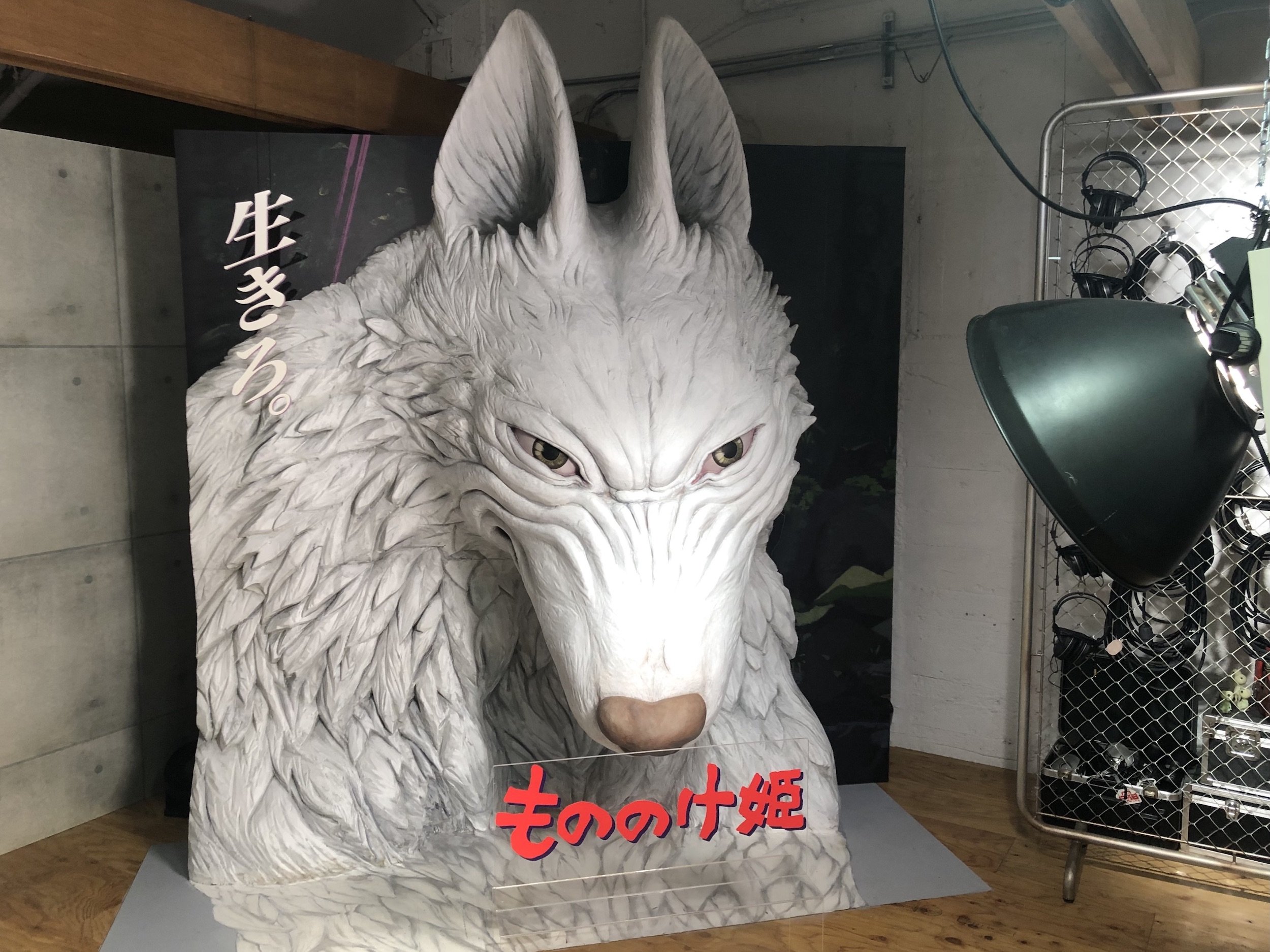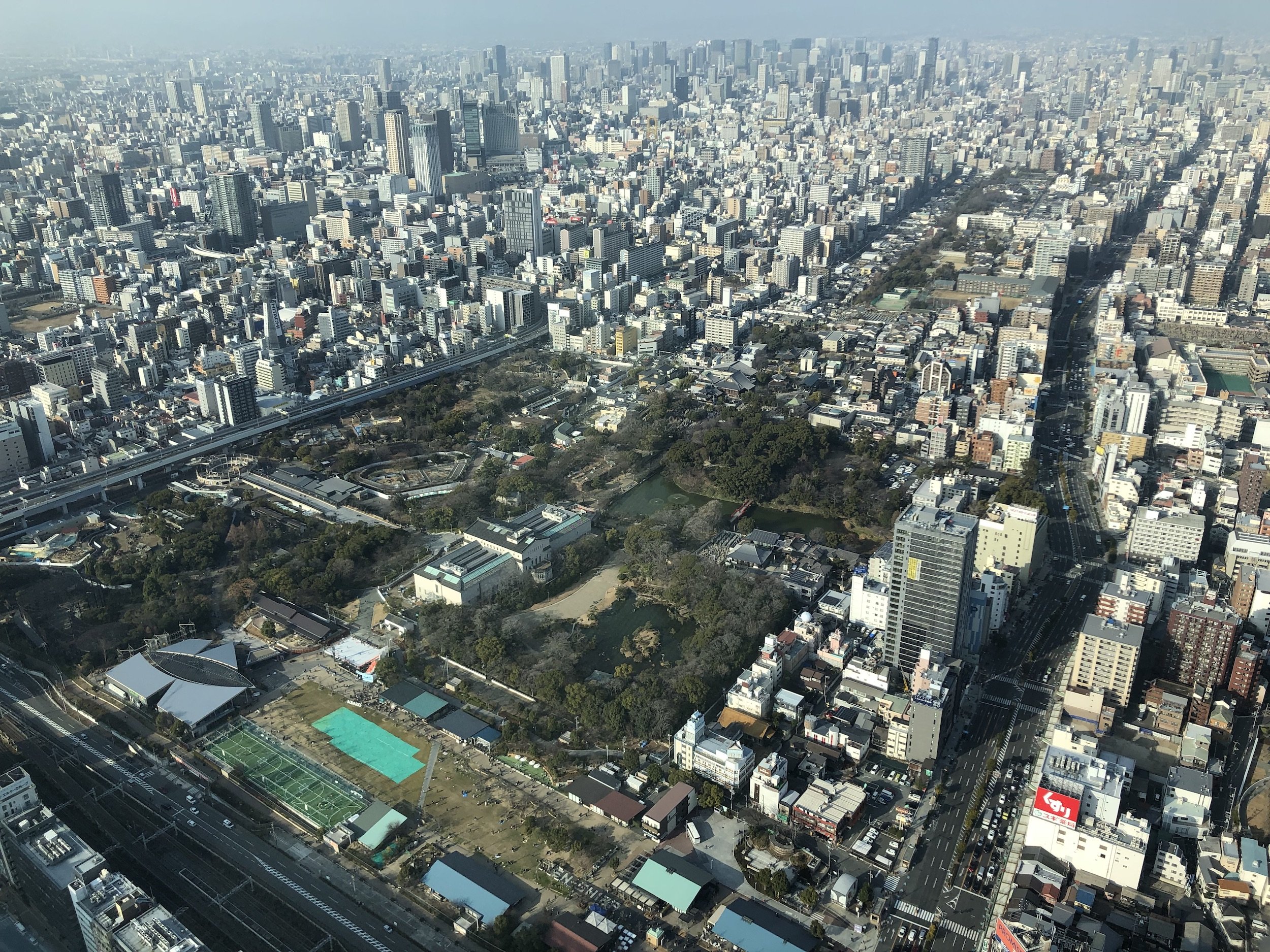It’s been over a year now since we started traveling around Japan again in earnest, with August 2022 being a big month for trips that took us to Aomori, Kobe, Tottori, and Osaka, all cities that I’ve covered to one degree or another in posts and galleries here or freelance articles off-site. Kobe, I’m afraid, got the short end of the stick, and it’s not the only place that’s slipped through the cracks in a year of renewed travel writing.
Over the months, as we’ve visited them, I’ve also written to varying degrees about places in Kyoto, Yokohama and Kamakura (both in Kanagawa Prefecture), Nagoya (where the Studio Ghibli theme park is located), Chiba (where Nokogiriyama and Tokyo Disneyland are located), and of course, Shizuoka (where Mount Fuji and Azusa’s hometown, Fujinomiya, are located).
That’s a lot of place names, but for this year-in-review post, I’ve whittled down the focus to four, and I’m going to limit it to new, overlooked sights that I never found time to spotlight anywhere else in the year between August 2022 and August 2023. At the end, I’ll also share a little work-related status update for Labor Day weekend.
Read More








